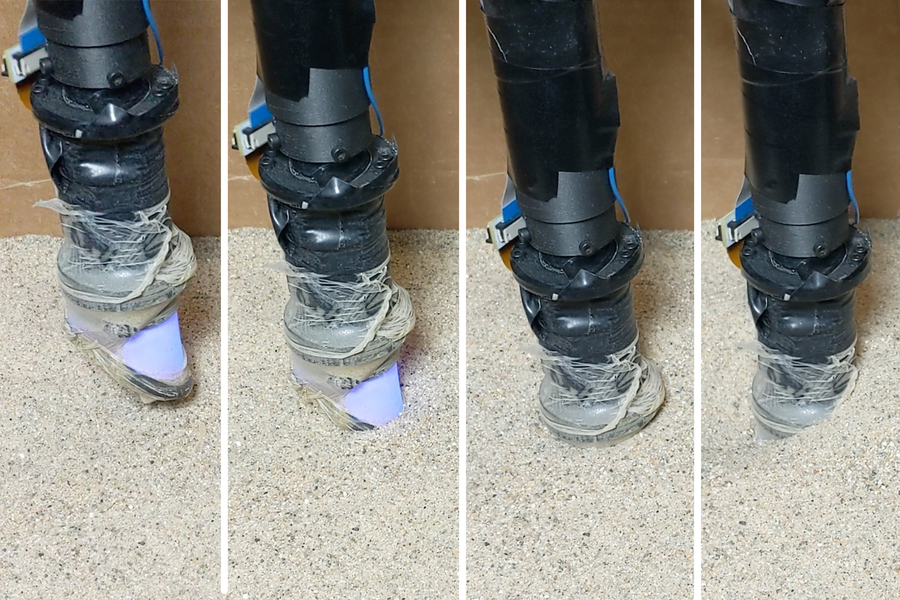MIT News May 26, 2021
Technologies that sense the subterranean from above provide only a hazy view of submerged objects. Researchers at MIT have designed Digger Finger to meet the challenge of identifying buried objects. The Digger Finger is a slender cylinder with a beveled tip and uses a combination of blue LEDs and colored fluorescent paint. Its tactile sensing membrane is about 2 square centimeters. They ran its vibrating motor at different operating voltages, which changes the amplitude and frequency of the vibrations. They found that rapid vibrations helped “fluidize” the media, clearing jams and allowing for deeper burrowing. It was tested for various twisting motions in both the rice and sand. Trapped sand was harder to clear, though the grains’ small size meant the Digger Finger could still sense the general contours of target object. The operators will have to adjust the Digger Finger’s motion pattern for different settings depending on the type of media and on the size and shape of the grains. In experiments it was able to dig through granular media such as sand and rice, and it correctly sensed the shapes of submerged items it encountered. The team plans to keep exploring new motions to optimize the Digger Finger’s ability to navigate various media. According to the researchers the robot might one day perform various subterranean duties, such as finding buried cables or disarming buried bomb. The research will be presented at the next International Symposium on Experimental Robotics…read more. Video Open Access TECHNICAL ARTICLE

“Digger Finger” robot that digs through granular material, like sand and gravel, and senses the shapes of buried objects. Credit: The researchers